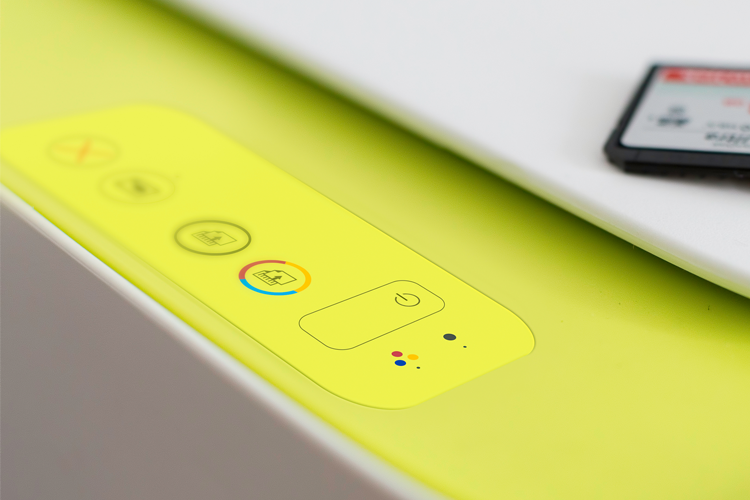Save time and money – Be print-ready
As we touched on in our recent blog – 5 things to know before starting your labelling job – it pays to be print-ready. When it comes to any sort of print job, there’s nothing worse than having your artwork file kicked back. It’s frustrating. It’s annoying. It’s time-consuming.
We totally get it.
Whether your artwork is rejected due to a simple issue with file type, or because of something more complicated (such as margins and bleeds, for example), it can send you back to square one, costing you valuable time, money and resources.
Why do printing companies reject artwork?
Why does everything have to meet such stringent requirements, and why can’t we just accept the file and get on with it?
Label printers reject artwork to help clients. Files that aren’t up to par will, unfortunately, create products that aren’t up to par either – and that’s not something we’re not in the business of delivering.
That’s why, in order to ensure we’re printing the absolute best labels we can for you, we have certain requirements that a file must meet before it can be printed. Here’s what that looks like:
- Size – Label files should be the dimensions you wish your final, printed product to be. So, for example, if you’re looking for a 50 x 50 mm square label, the file you deliver to the printer should match that: 50 mm tall and 50 mm wide.
- Resolution – Any photos or illustrations on your design must be at least 300 dots per inch (dpi) to prevent blurriness or pixelation. To start, make sure your photo or graphic is the proper physical size for your document. Simply increasing an image’s size will lower its resolution and hurt your final product.
- Colouring – Ideally, all colours should be in CMYK mode if you’re printing digitally. This means they’re printed in a four-colour process: cyan, magenta, yellow, and black. If you are using flexographic or offset printing, you can select pantone colours. If you’re unsure, CMYK mode should be your default process. You can also opt to colour-match with a pantone colour, if preferred. To do this, you’ll need to provide a printed sample of your colour for reference. Be careful though; colours look different on every material, so even with colour-matching your final product may not be 100-percent identical.
- Fonts and text – All fonts on your artwork must be outlined, embedded, linked or, in the case of PSDs, rasterized. Skipping this step could cause fonts to be replaced with default ones – and those likely won’t match the original style and look you were going for. Fonts must be a minimum of 6 point size in order to be legible.
- Images/graphics – It’s very important to link your images within your document. If this is not done, it can cause Abobe InDesign (or whichever program you’re using) to save your file with a lower resolution version of your image or graphic. This can cause blurriness on your final printed product.
- Trim line – Your artwork should extend to the outer edges of your document, but all important details (text, images, etc.) should be no further than 1.5 mm from the trim line. This is considered the ‘safe zone’ for printing. Anything outside this zone could get cut off in the production process. To ensure your text and graphics are safe, simply set up margins in your document.
- Bleeds – In order to prevent a white border from appearing on your label, a bleed must be used – meaning your background photo, graphic, or colour must extend past the final trim line by at least 3 mm. Bleeds can be set up under the ‘marks and bleeds’ section of Adobe InDesign.
- File format – Once everything else is in order, save your document in the proper file format. This depends on your printer (and your print job), but at Luminar, we prefer a high-resolution PDF. We also accept vector files (.ai or .eps), PSDs, TIFs, and some JPEGs.
Here’s an example of what a print-ready file looks like:
To make your job easier, we recommend downloading our artwork file requirements sheet (PDF) before you start the design process.
Always be sure to check your file a second time before sending it to your printer or uploading it into our Web 2 Print platform. Delivering a print-ready file will help to ensure your print job is executed as quickly and efficiently as possible.
Remember, we’re here to help
Sometimes, getting your file to fall in line with these requirements just isn’t in the cards. Maybe you’re strapped for time, your designer’s on holiday, or you just don’t have the right program or design skills to make it happen. That’s OK.
Our designers are here to help. Simply contact us, and we’ll send you a creative brief (PDF) to complete. Next, we’ll prepare and print your labels to look and feel exactly the way you intended. How’s that for service?





